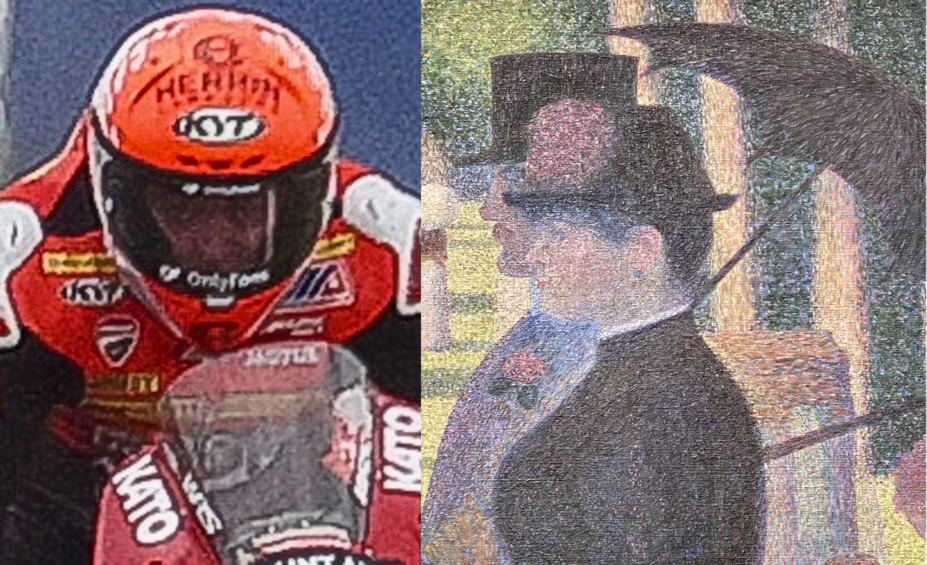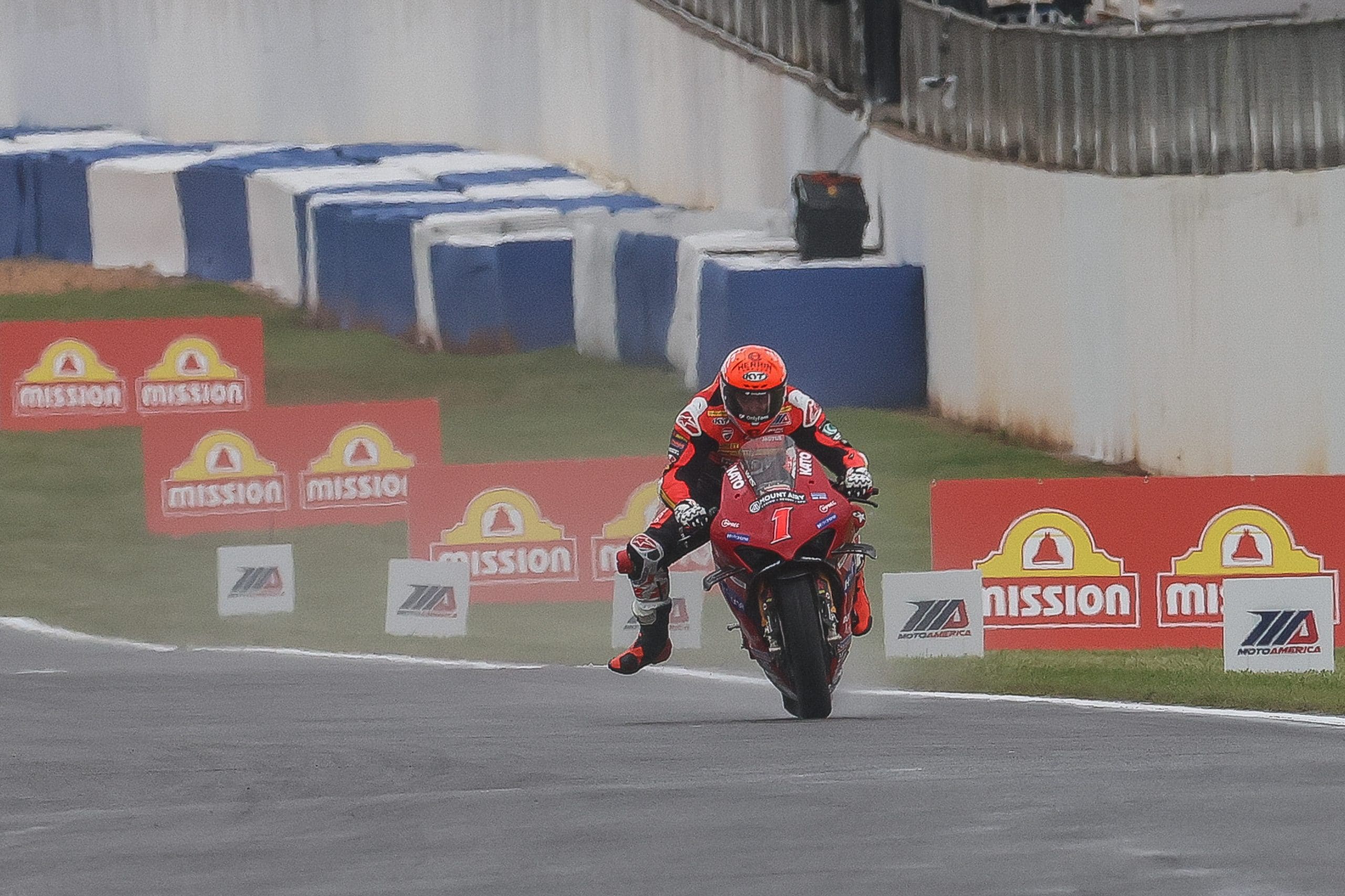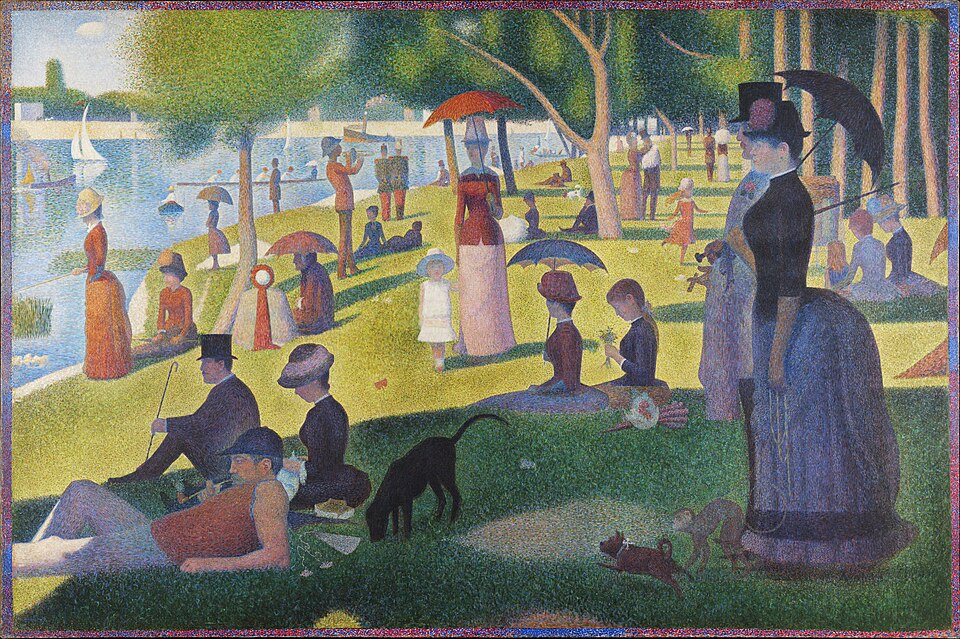
All of us MotoAmerica fans already know that motorcycle road racing is equal parts sport, technology, athleticism, human spirit, and even art all rolled into one. The majestic ballet that we watch when riders circulate the road course with their bodies tucked in tightly on the straightaways, sitting up with legs dangling in the braking zones, and skimming the pavement with their knees and elbows in the turns with choreographed precision and breathtaking agility is all art at its highest form.

MotoAmerica’s long-time photographer Brian J. Nelson shoots tens of thousands of photos during each race weekend, and he captures every rider in every class and in every race, not to mention all the paddock candids, starting grid portraits, and other scenes that his ever-vigiliant eyes capture all day long every day during every round on our schedule every year.
Brian J. shoots them as he see them, and at Michelin Raceway Road Atlanta during the wet Superbike race one, he took a photo of Warhorse HSBK Racing Ducati rider and defending class champion Josh Herrin braking hard going into a turn. I featured the photo in my recent “Three Ways Road Racers Achieve Higher Corner Speeds” story.

But, while cropping in on Herrin’s face just to get a closer look at his eyes, which are not often seen unless it’s raining and he’s wearing a clear faceshield, I suddenly thought of Georges Seurat, the French Post-Impressionist artist who invented the painting technique known as pointillism. Specifically, my mind went to Seurat’s most famous and most magnificent creation, “A Sunday Afternoon on the Island of La Grande Jatte.”
Seurat’s painting feels like a scene from one of our race weekends. Happy people sitting, standing, and lying down in the grass while watching our riders on track. Brian J.’s photo of Herrin is unretouched and has not been manipulated. The mist in the air that the riders and their motorcycles were churning up from the wet track helped create a striking study in natural pointillism.
As the age-old saying goes, “art imitates life,” but in the photo that Brian J. Nelson took, what he sees through his lens, and what he captures for all us, is “life imitates art.”







